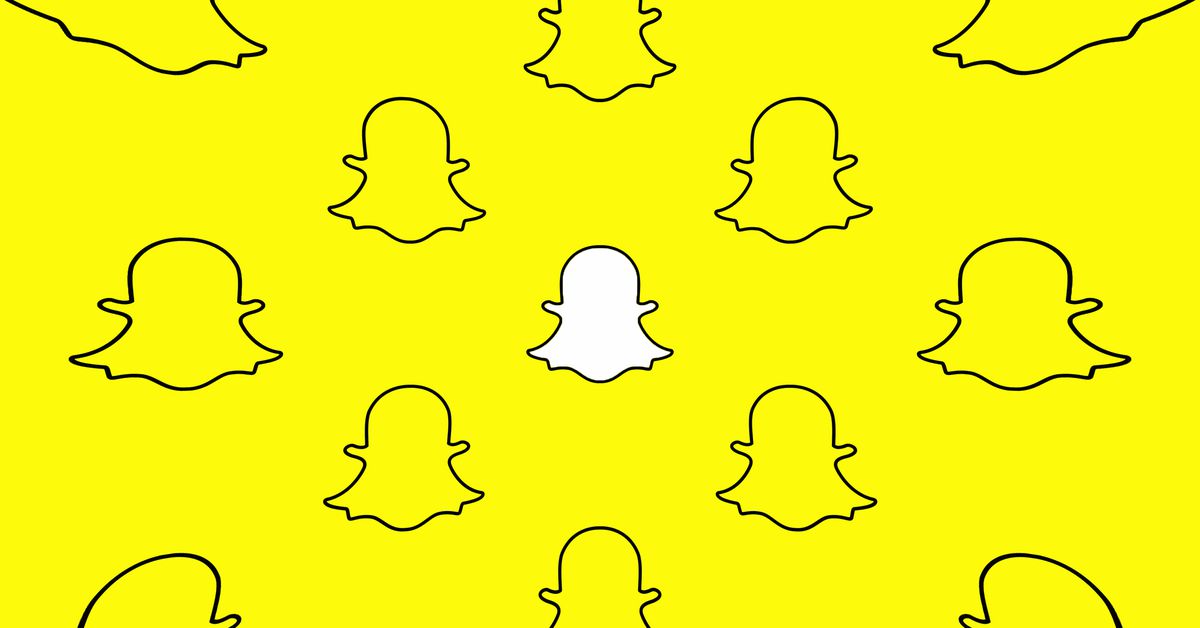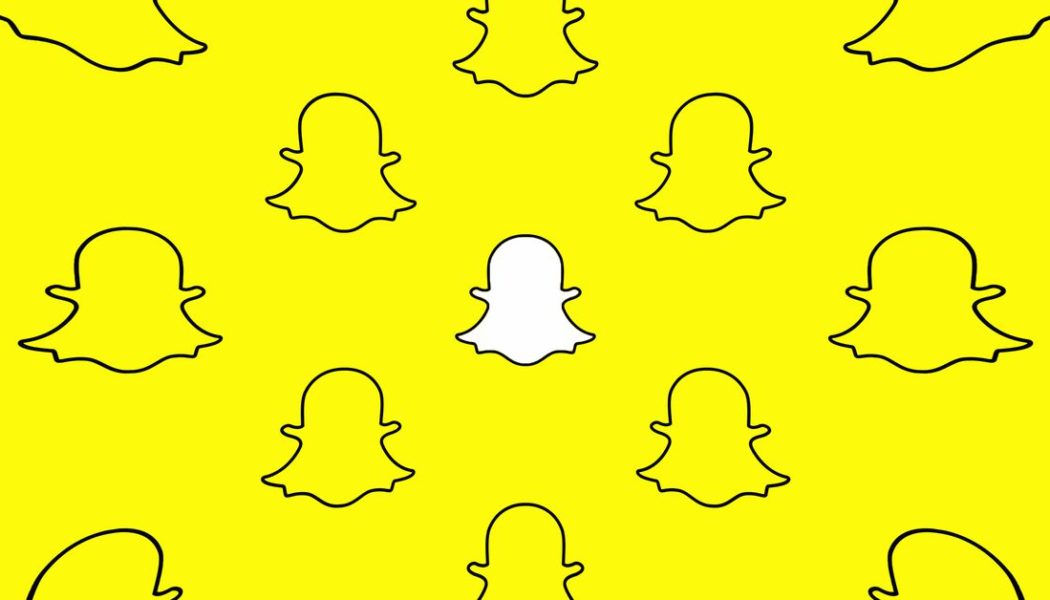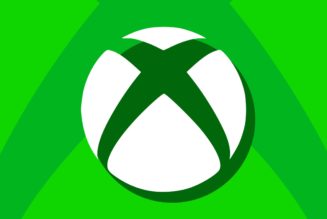
Just a couple of years ago, there were concerns that Snap, the parent company of Snapchat, wouldn’t survive as a standalone company. Its stock price bottomed out around $5 after a disastrous redesign that slowed user growth and confused advertisers.
The situation is much different now. Snapchat is growing faster than it has since 2017, the year it went public. On Thursday, the camera-based messaging app said it added 13 million daily users during the second quarter, a 23 percent increase from the year-ago period. That means 293 million people use Snapchat every day around the world, up from 173 million this time four years ago. (Twitter reported 206 million daily users in the second quarter, by comparison.) Snap’s revenue also soared 116 percent to $982 million, making it a faster growing business than Twitter or Facebook.
The new numbers solidify one of the most impressive turnaround stories in tech. They also reflect how tech companies have benefited throughout the pandemic as people increasingly spend more time online. Snap CEO Evan Spiegel has said he expects the app’s user base to actually grow faster as pandemic lockdowns end, since Snapchat is designed to be used out and about with friends.
Most of Snap’s user growth in the second quarter came from outside its core markets of North America and Europe, where advertisers pay more to reach people. That means Snap has lots of work ahead to monetize its new users effectively. This quarter’s results also benefitted from a delayed rollout of Apple’s changes to data tracking in iOS 14, which makes third-party developers show a prompt asking permission to track users across different apps.
Snap and other ad-driven businesses use this tracking to cheaply target ads, and there have been concerns that users saying no to the prompt will make it harder to tailor ads to peoples’ interests. In prepared remarks to investors, Snap’s chief business officer, Jeremi Gorman, said “we observed higher opt-in rates than we are seeing reported generally across the industry, which we believe is due in part to the trust our community has in our products and our business.” That indicates Snap may fare better than some of its peers, namely Facebook, in navigating Apple’s changes.
What Snap and Facebook have in common is a passion for augmented reality, the technology that overlays computer graphics over the real world through phone screens or smart glasses. Spiegel has been touting Snap’s investments in AR for years, and more recently the company has made moves to build shopping features that could eventually let anyone scan a product with the Snapchat camera, virtually experience it, and buy it without leaving the app.
Snap recently debuted new Spectacles glasses with AR displays, though the they are only available for select AR creators. “More than 200 million Snapchatters engage with AR every day on average, and over 200,000 creators use Lens Studio to build AR Lenses for our community,” Spiegel said in his remarks to investors Thursday.










